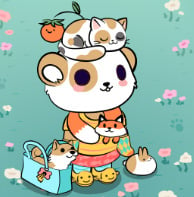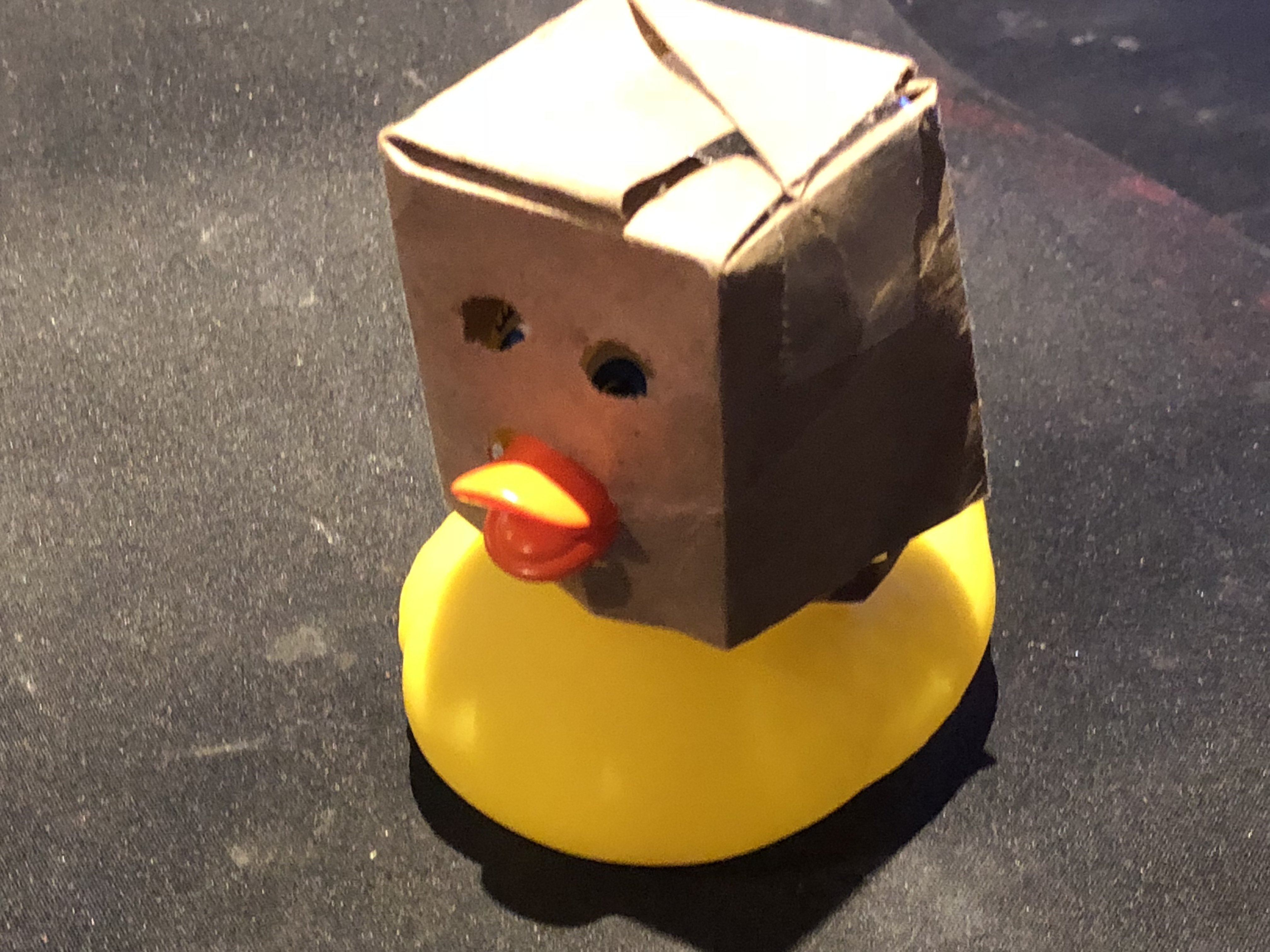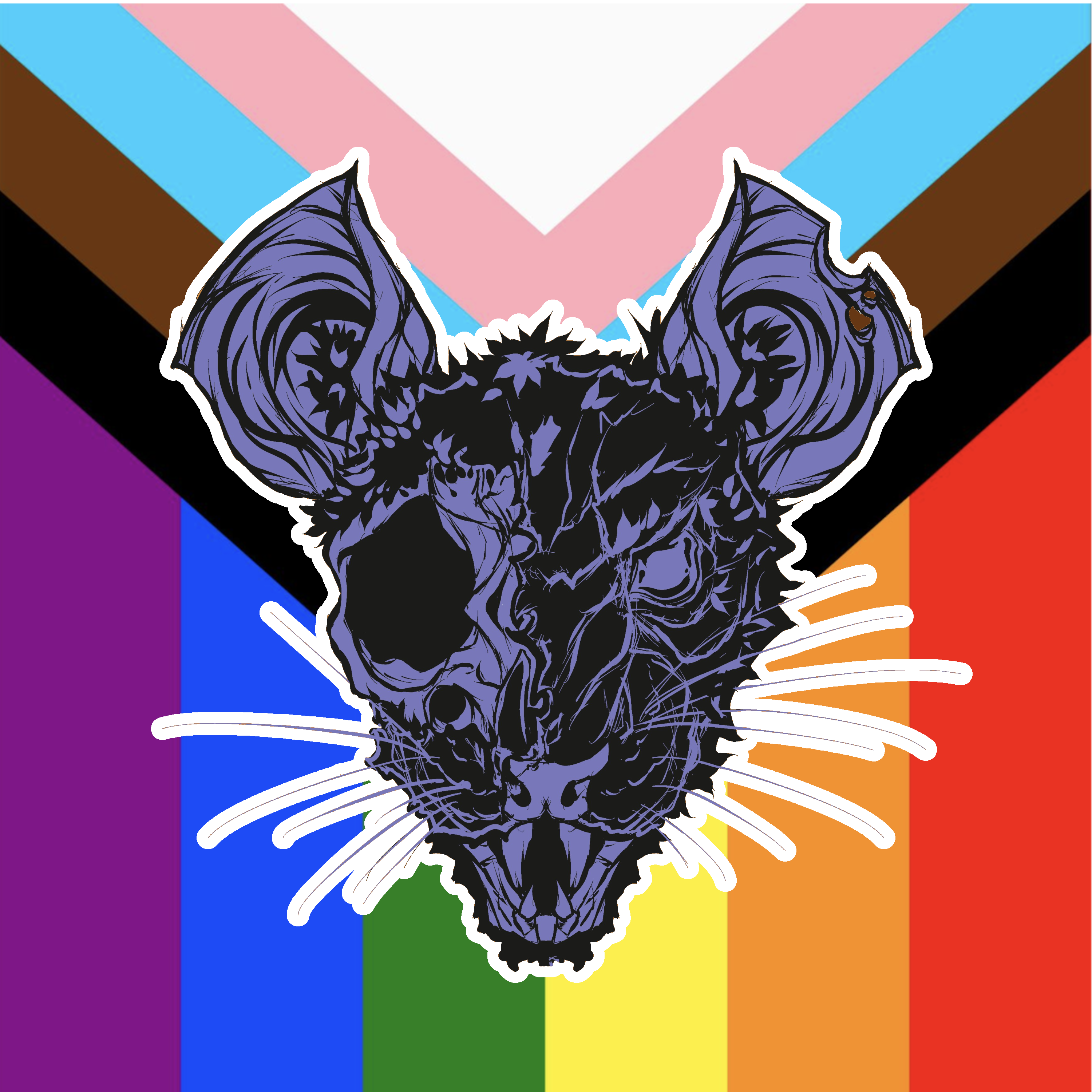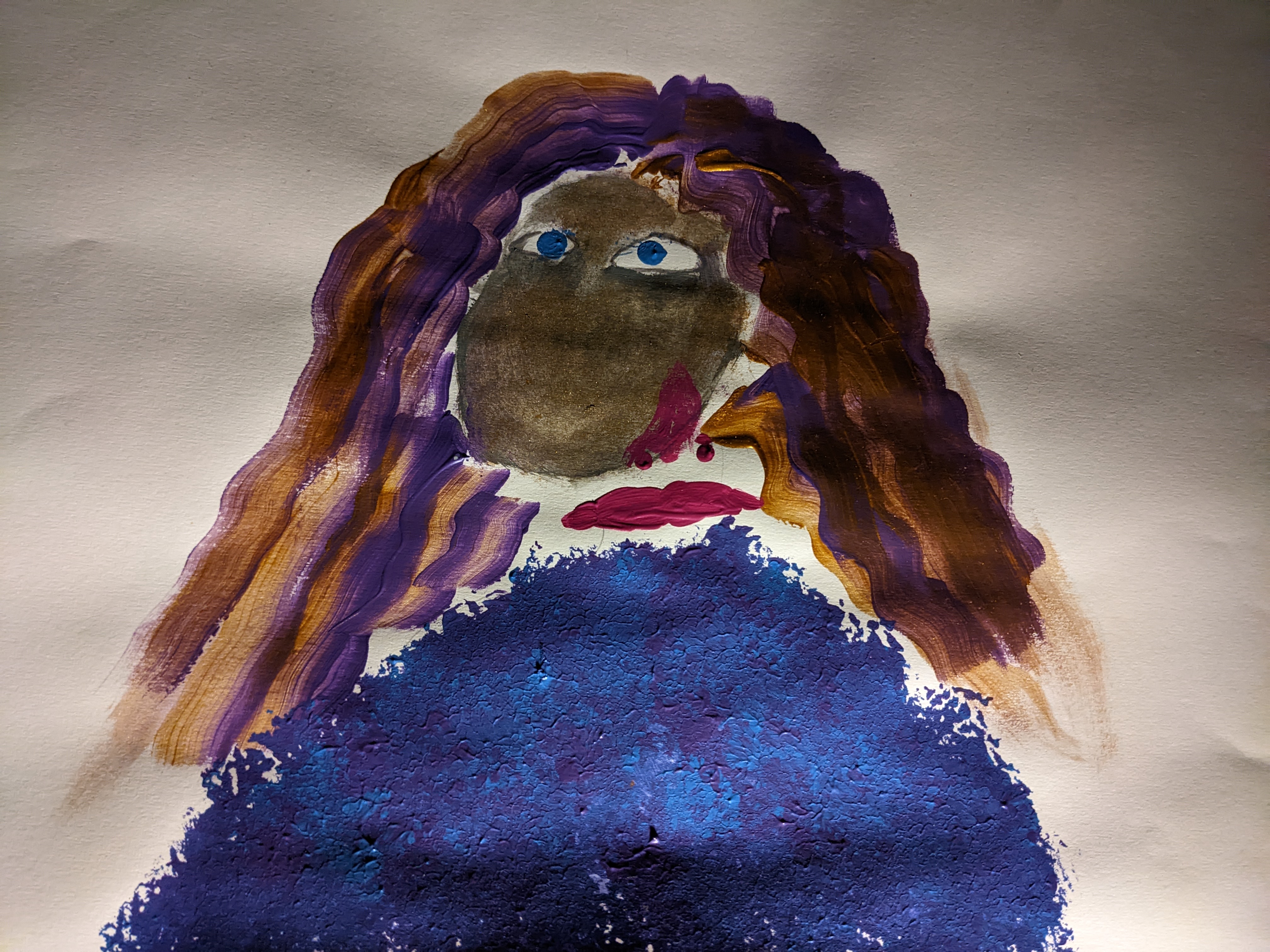I found this particularly funny. It wasn’t like a funny accidental thing. Dude was trying to mate with the bird.
In September 2004, Walnut arrived at NZCBI’s Virginia campus, where scientists regularly breed cranes that have behavioral or physical limitations by using assisted reproduction techniques, including artificial insemination. By observing and mimicking how NZCBI’s male white-naped cranes interacted with their mates during breeding season, bird keeper Chris Crowe gained Walnut’s elusive trust. He pair-bonded with her by flapping his arms in a manner similar to the species’ unison dance, offered her nesting materials and brought her food. Once she was receptive to breeding, Crowe was able to use sperm collected from a male crane to artificially inseminate Walnut without the need for physical restraint
They had 8 chicks together.
Bro better have gotten ‘Exceeds Expectations’ on his performance review
Can you imagine if she had rejected him? She could’ve killed him!
That man’s human son is gonna pilot the starship Enterprise.
I wonder if he had another partner. And if they were jealous.
Amazing
At 42 years old, Walnut was considered geriatric for her species. She far surpassed the median life expectancy for white-naped cranes in human care, which is 15 years.
She lived almost 3 times the average life expectancy for her species!?! That’s genuinely insane! Imagine a human living to 180 years old!
Single women live longest
This happens quite often with animals in captivity. Nature is dangerous (and health care is important!)
15 seems to be the captivity average though, not natural average.
Fair point, I was just speaking generally, and that she actually lived way longer than most of her species since most aren’t in captivity
White napped crane life expectancy in the wild is unknown.
So it sounds like you didn’t know that, either.
Unfortunately there are many counterexamples, large animals that live long in the wild tend to have shorter lives in zoos, like elephants, hippos, and monkeys.
The secret is murdering your spouses?
(Avg life expectancy of humans without tech is prob 20, but humans could live to 100+ thousands of years ago, nothing changed, we just systemically eliminated the factors in our environments that cause non-old age death (with cancer, neurological, and cardiovascular problems remaining the last lines), eg food quality, vaccines & healthcare overall, killing & sterilising every other ecosystem around us, you know, the usual)
Wow, I initially thought that she spontaneously chose her caretaker as a mating partner, but the process was apparently much more involved!
In September 2004, Walnut arrived at NZCBI’s Virginia campus, where scientists regularly breed cranes that have behavioral or physical limitations by using assisted reproduction techniques, including artificial insemination. By observing and mimicking how NZCBI’s male white-naped cranes interacted with their mates during breeding season, bird keeper Chris Crowe gained Walnut’s elusive trust. He pair-bonded with her by flapping his arms in a manner similar to the species’ unison dance, offered her nesting materials and brought her food. Once she was receptive to breeding, Crowe was able to use sperm collected from a male crane to artificially inseminate Walnut without the need for physical restraint.
Really cute though how the caretaker was valuing their bond:
“Walnut was a unique individual with a vivacious personality,” Crowe said. “She was always confident in expressing herself, an eager and excellent dancer, and stoic in the face of life’s challenges. I’ll always be grateful for her bond with me. Walnut’s extraordinary story has helped bring attention to her vulnerable species’ plight. I hope that everyone who was touched by her story understands that her species’ survival depends on our ability and desire to protect wetland habitats.”
All the other male cranes’ instincts: “How is she with him?”
Walnut’s instincts: “You’re weird AF, but I’m 100% sure we aren’t cousins. Let’s roll the dice on genetic fitness of offspring.”
“I can fix her”
Can you imagine that workplace environment though?
"Hey boss, I’m leaving for that 2 weeks paid training on how to catfish a bird my height and get it pregnant with a syringe. "
“Don’t forget receipts for accounting.”
This is such a wacky world, I love it.
Walnut a.k.a. Nutcracker
Birds man. I have a cockatiel I rescued. She’s the sweetest, cutest, most delicate princess. But don’t you dare try to touch her, she will go full dinosaur move, except with me.
Nobody is allowed anywhere near her except daddy. She’s glued to me and always demanding my attention and scritches, but won’t let my wife or kids touch her.
It’s a magnificent birb, some danger in the relationship is assumed.
But they can prob bond over chicken nuggets dinner.Apparently this is a thing with ostriches too?
How to teach cranes the Praying Mantis path (kill after mating)?
Femme Fatale












